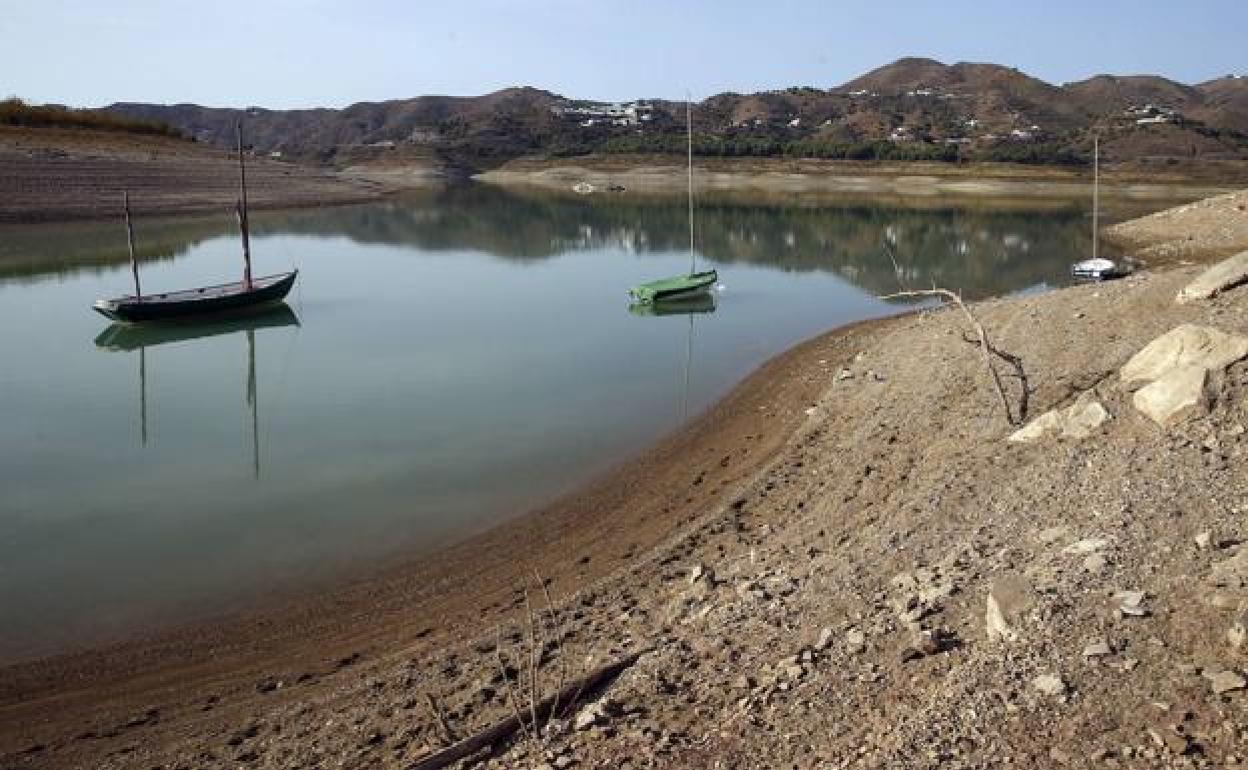Experts warn Malaga could face one of the driest years on record as water levels in the reservoirs continue to drop
November, December and January, usually the wettest months of the year, have been worryingly dry in the province
IGNACIO LILLO
Friday, 21 January 2022, 10:11
Unless spring turns out to be unusually wet, Malaga is poised to endure one of the driest years on record and a tough summer.
The hydrological year begins in September and statistically, November and December are the wettest months in Malaga province. According to State weather agency Aemet, from 1981 to 2010, the average amount of rain for November and December was 100 litres per square metre. January averages 69 litres, February 60 litres and October 57 litres per square metre.
The director of Aemet in Malaga, José María Sanchez-Laulhé, said that the pattern of local rainfall is changing. “The rains from autumn to the last part of winter and early spring are displaced. It wasn't like that before." But the province may yet see downpours in February and March, he added.
In the last 30 years, the amount of rain falling in November has decreased. Between 1991-2020 it averaged 76 litres per square metre. The amount of rain falling in December remains steady but rainfall in March has increased to 65 litres per square metre.
Overall, Malaga is getting less rain per year. The yearly historical average was 534 litres per square metre but now it is just 511 litres. Experts are unsure if this is a fluctuation or a new pattern emerging.
The impact on Andalucia’s water reserves is however noticeable. La Viñuela reservoir is at just 16 per cent of its capacity. At the other end of the Malaga coastline, La Concepción, which supplies the western Costa del Sol, is at 41.4 per cent capacity.
